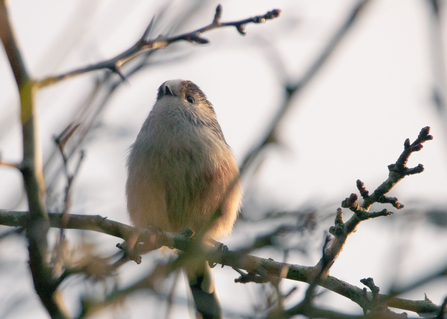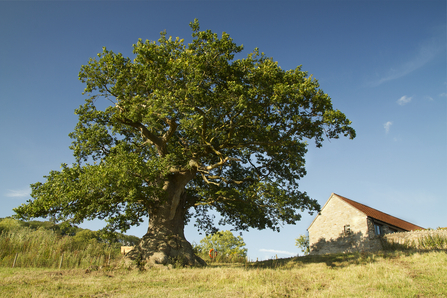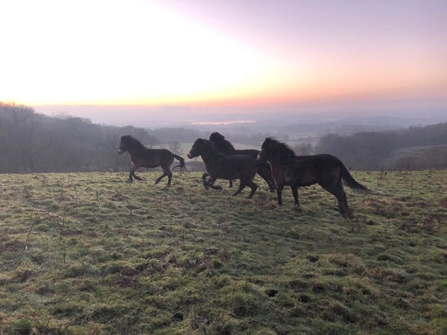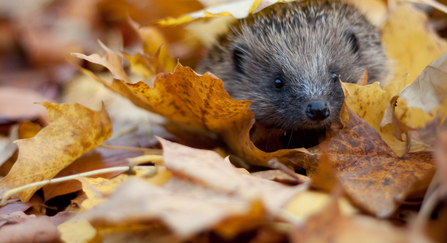While most wildlife is less active over the winter, birds are still busy hunting for food. One of our most engaging small birds is the long-tailed tit. This tiny bird weighs about the same as a pound coin. Long-tailed tits are especially obvious in winter as small flocks gather in parks, in gardens, and on nature reserves.
Long-tailed tits have a distinctive striped head and pink and black wing markings. They are acrobatic, often hanging upside down on branches. With a tail that is longer than their body, these little birds bear a resemblance to a fluffy teaspoon! Look out for them at Brandon Hill, Hellenge Hill, or Willsbridge Valley.






